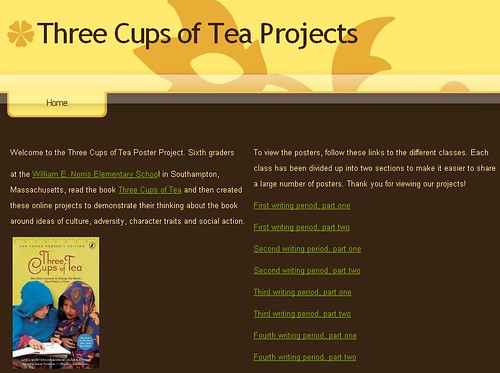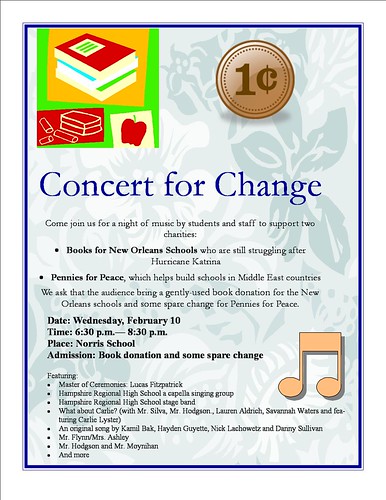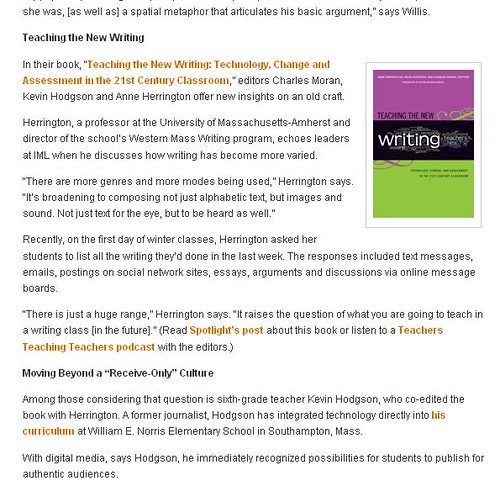Now that most of our Three Cups of Tea glogs are done (a few still need more work by the students to clean them up with proofreading), I decided to create a space where they could all be collected together for viewing by the world (and parents and family). I know a number of people are using wikis for embedding glogs, but I decided to try out Yola.com — which allows you to construct five free websites and it is built on using widgets.
If you are wondering about this process of creating a website for these kinds of projects, here are some brief steps:
- I registered at Yola.com (actually, I already have an account there because I have used it for other projects.) I followed the steps there to create a website, chose a theme and was ready to begin building my site in a few minutes.
- I went over to my “classroom” at the edu-glog site andwent through the glogs that were ready to be brought from the “private” setting to the “public” setting. Only a teacher can do this step.
- I then found the “embed into page” link below the glog, grabbed the code and went back to my Yola site. There, I inserted an html widget, and copied the embed code.
- Now, here is where I fiddled a bit. For some reason, the embed code is always too large, so I tinkered with the settings in the html code — I reduced the percentage to 70 and then adjusted the width and length accordingly. You need to do all three for it work right. I wish there were more embed options on the glogster side of the world.
- Once that is done, you can save and check your work. If it seems OK, then go through the process again. And again. I stacked a handful of glogs per page on the Yola site and divided up my four classes into parts so that there were not too many glogs on one page.
If my description doesn’t help, you can also view this video tutorial someone made about embedding a glog into a Google Site website, which is pretty close to using Yola.
But please take a few minutes to check out the glogs of my students — I am pretty impressed with what they were able to accomplish.
Peace (in the sharing of tea),
Kevin




